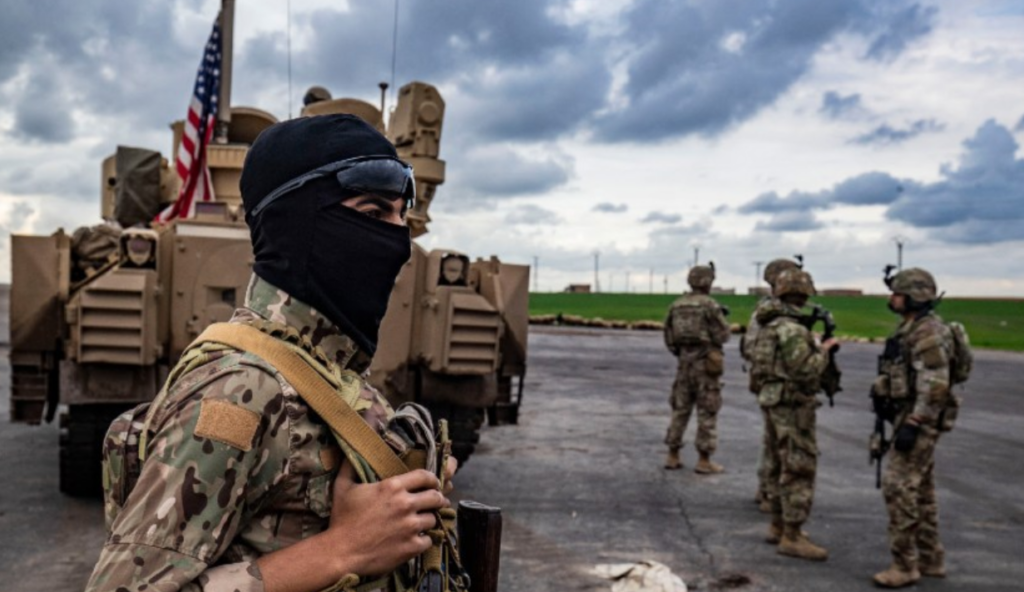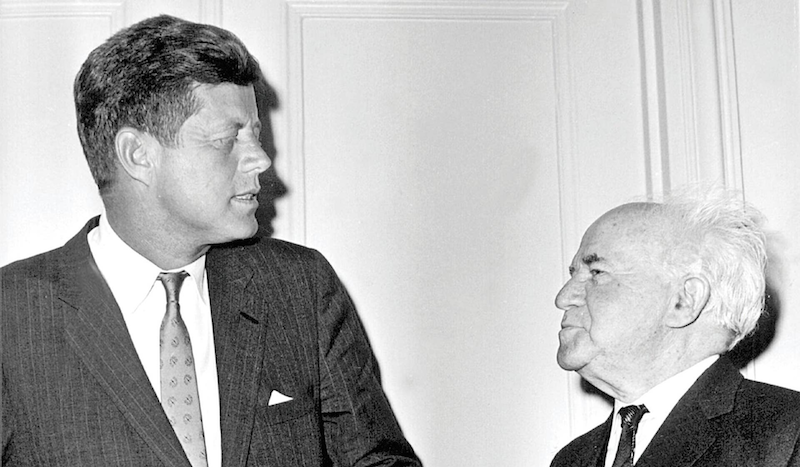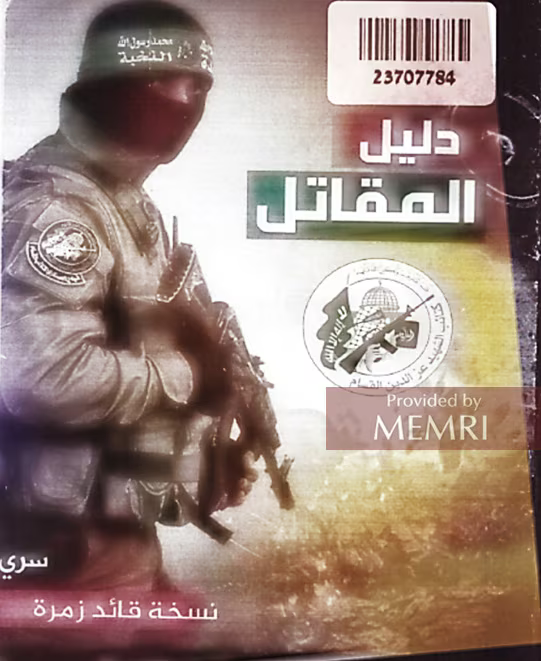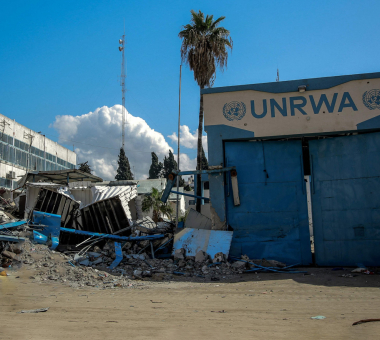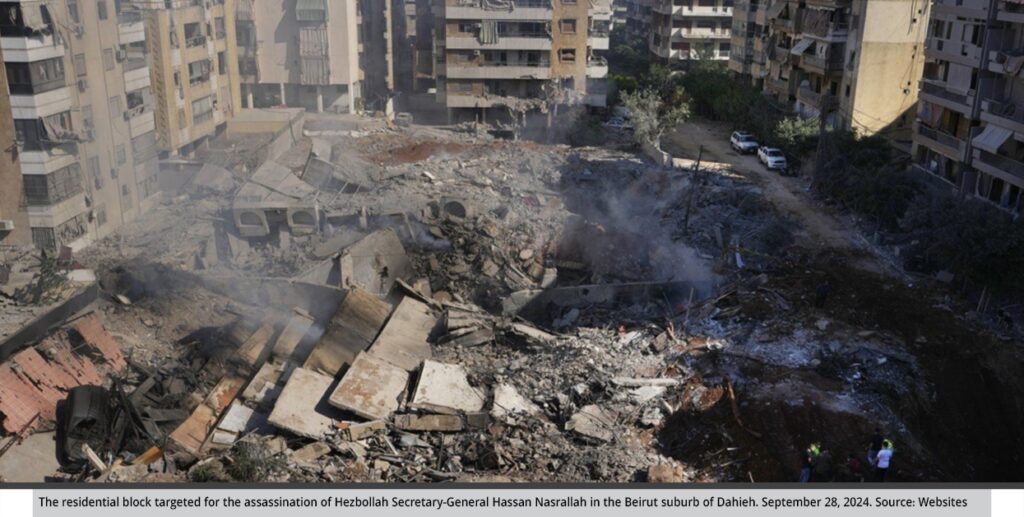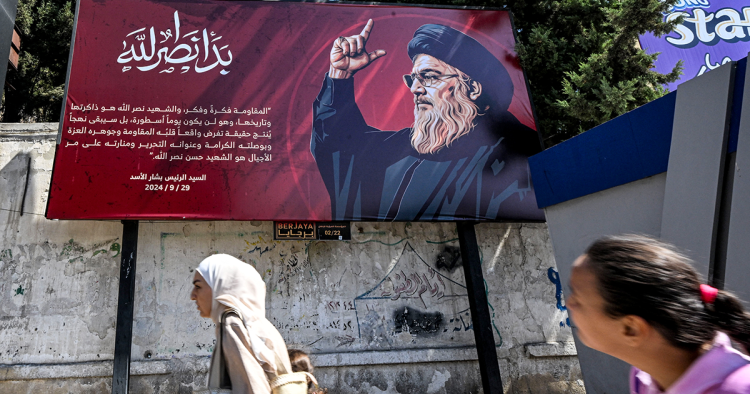Israeli Military Action is Key to Stopping Iran’s Proxies in Iraq
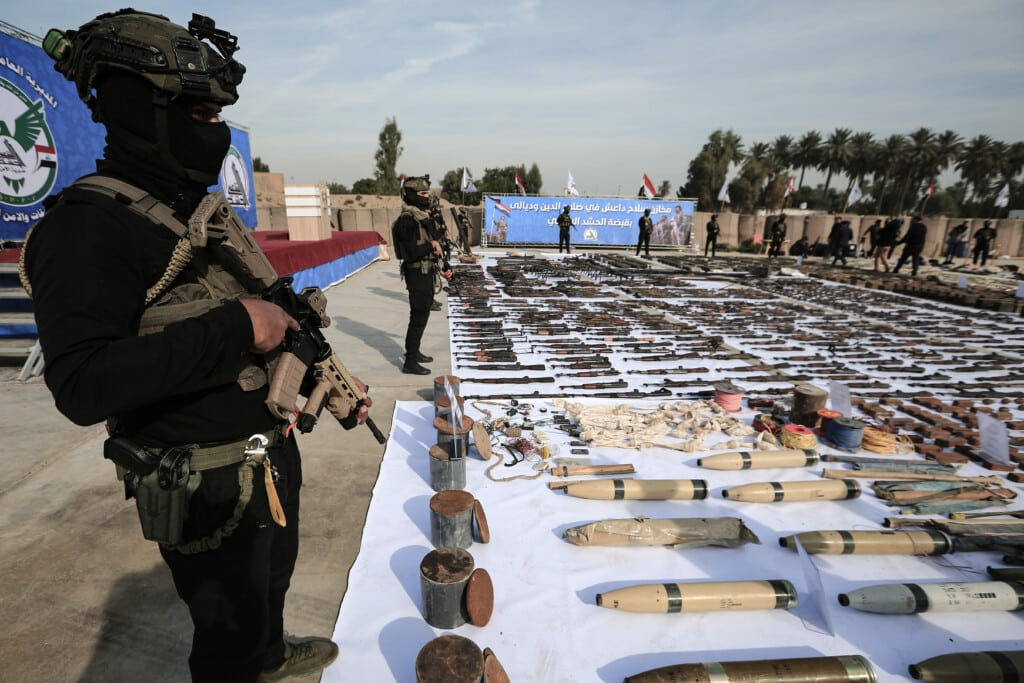
Iranian-backed militias in Iraq continue to launch drone and missile attacks against Israel in a show of solidarity with their allies in Gaza and Lebanon. Although many claims remain unverified, some attacks have targeted Israeli military personnel. On Monday, Israeli Foreign Minister Gideon Sa’ar urged the UN Security Council to pressure Iraq to curtail the activities of Iran’s proxies, emphasizing Israel’s right to self-defense under the UN Charter.

